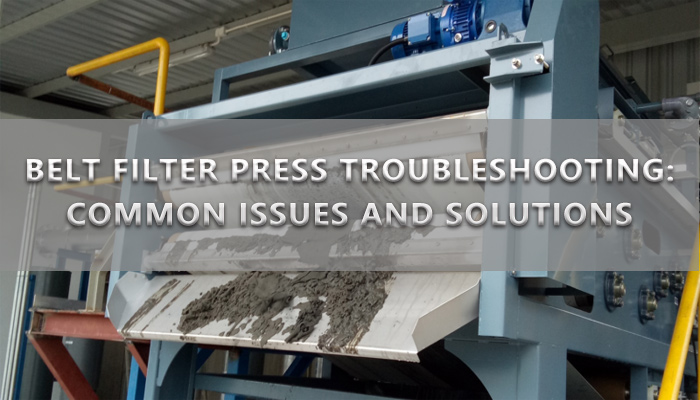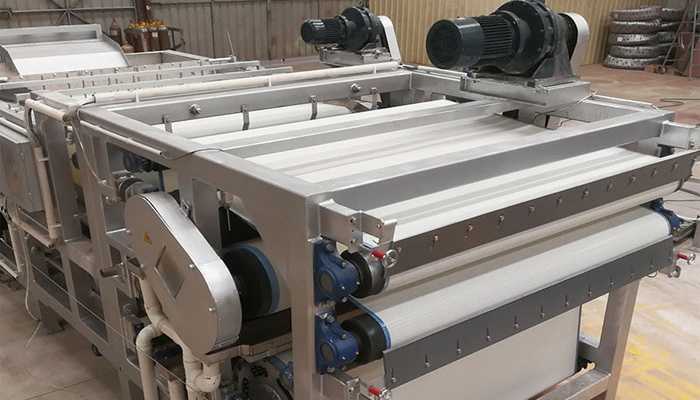Ensure the smooth operation of your belt filter press troubleshooting common issues. Belt filter presses play a crucial role in wastewater treatment processes, and addressing problems promptly can minimize downtime and optimize performance.
Identifying Belt Filter Press Issues
To effectively belt filter press troubleshooting, it is essential to recognize common problems that may arise during its operation. By understanding the underlying causes, appropriate solutions can be implemented to rectify the issues.
Troubleshooting Common Belt Filter Press Problems
Belt Misalignment:
Misalignment of the belt can lead to uneven sludge distribution, reduced dewatering efficiency, and premature wear. Regularly inspect the belt alignment and tension, adjusting as necessary. Proper training and guidance for operators can minimize this issue.
Poor Dewatering:
Insufficient dewatering can result from factors such as improper belt tension, inadequate cake thickness, or suboptimal polymer dosage. Adjusting these parameters and optimizing the filtration process can improve dewatering performance.

Belt Tracking Issues:
If the belt is not properly tracked, it can cause excessive wear, belt damage, and reduced filtration efficiency. Regularly monitor the belt tracking and make necessary adjustments using tracking devices or manual realignment.
Belt Wear and Tear:
Over time, belt filter press belts can experience wear and tear due to continuous usage. Regular inspection and maintenance, including cleaning, belt replacement, and proper lubrication, can prolong belt life and prevent unexpected breakdowns.
Case Study: Troubleshooting Belt Filter Press Issues in a Municipal Wastewater Treatment Plant
A municipal wastewater treatment plant encountered belt misalignment and poor dewatering issues with their belt filter press. Through comprehensive troubleshooting, they discovered that improper belt tension and inadequate polymer dosage were the root causes.
By adjusting the belt tension and optimizing the polymer dosage, they successfully resolved the problems, improving dewatering efficiency and reducing maintenance costs.

Conclusion:
In conclusion, effective troubleshooting of belt filter presses is crucial to maintain their optimal performance in wastewater treatment processes. By identifying and addressing common issues such as belt misalignment, poor dewatering, belt tracking problems, and wear and tear, operators can minimize downtime and ensure efficient filtration.
Regular maintenance, operator training, and monitoring of key process parameters are essential for preventing and resolving problems. Stay ahead in wastewater treatment by applying effective troubleshooting techniques to your belt filter press, ensuring reliable and cost-effective operations.